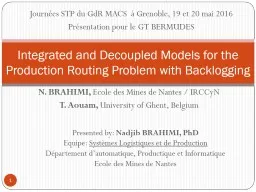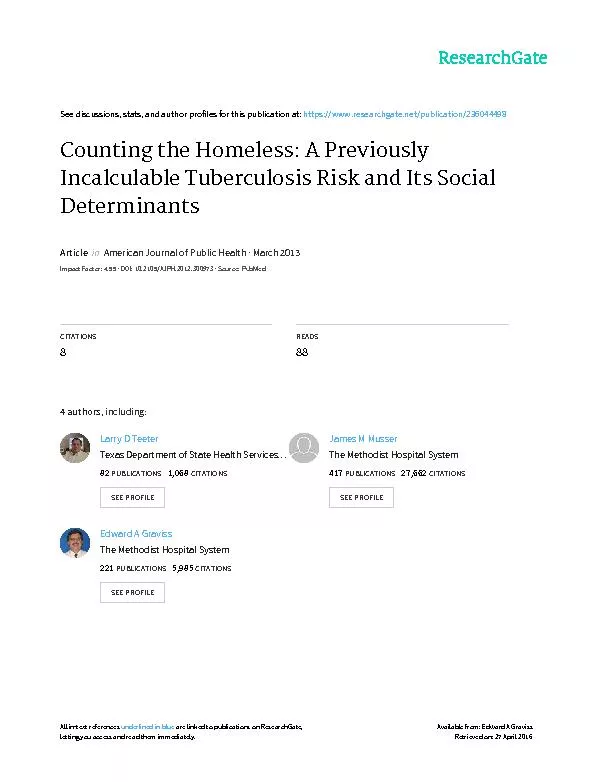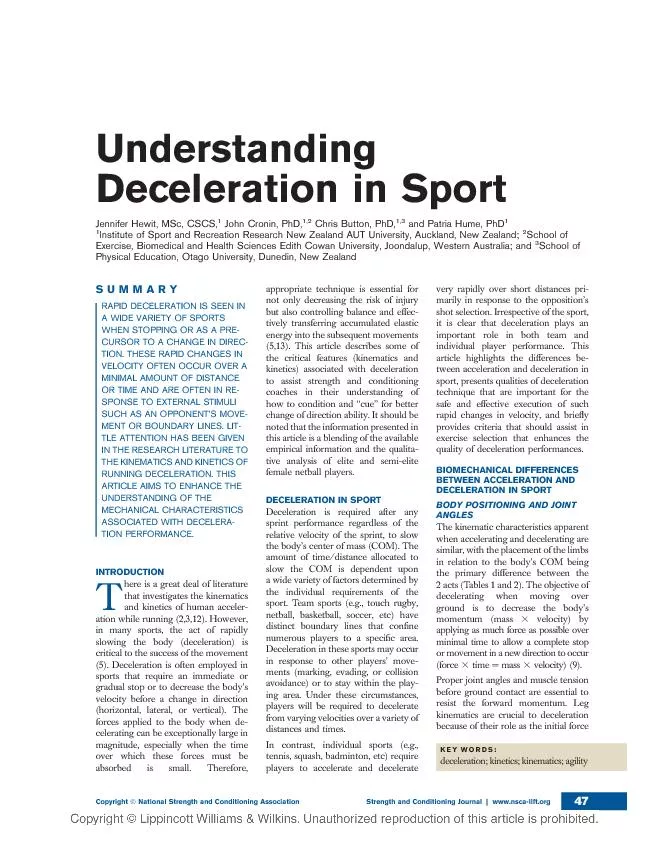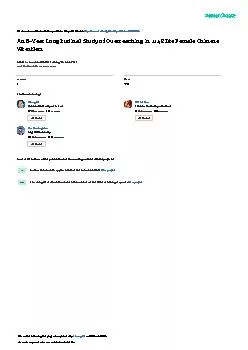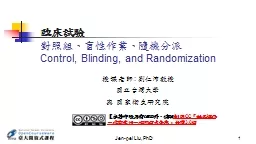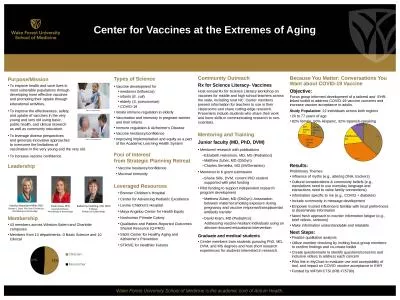PPT-Presented by: Nadjib BRAHIMI, PhD
Author : pasty-toler | Published Date : 2019-12-07
Presented by Nadjib BRAHIMI PhD Equipe Systèmes Logistiques et de Production Département dautomatique Productique et Informatique Ecole des Mines de Nantes Integrated
Presentation Embed Code
Download Presentation
Download Presentation The PPT/PDF document "Presented by: Nadjib BRAHIMI, PhD" is the property of its rightful owner. Permission is granted to download and print the materials on this website for personal, non-commercial use only, and to display it on your personal computer provided you do not modify the materials and that you retain all copyright notices contained in the materials. By downloading content from our website, you accept the terms of this agreement.
Presented by: Nadjib BRAHIMI, PhD: Transcript
Download Rules Of Document
"Presented by: Nadjib BRAHIMI, PhD"The content belongs to its owner. You may download and print it for personal use, without modification, and keep all copyright notices. By downloading, you agree to these terms.
Related Documents

